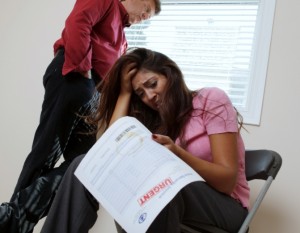What is lien stripping in Chapter 13 bankruptcy?
Chapter 13 bankruptcy allows you to eliminate your junior liens such as a second mortgage or HELOC (home equity line of credit) if you meet certain requirements.
How do you qualify for Chapter 13 lien stripping?
In order to qualify to have a lien removed in Chapter 13 bankruptcy you must owe more on your first mortgage than the fair market value of the house at the time of filing. However, a wholly unsecured lien does not go away automatically in Chapter 13 bankruptcy. Typically a lien avoidance motion is filed with the court accompanied by a valuation of the home.
For example, let’s say you have a house with a fair market value of $100,000 and you have a first mortgage of $120,000 and a second mortgage of $50,000. Since the fair market value of the home ($100,000) is less than the balance of the mortgage ($120,000) at the time of filing, you qualify to have the second mortgage “stripped” in Chapter 13 bankruptcy.
What happens to a stripped lien in Chapter 13 bankruptcy?
A stripped lien is added to other unsecured debt in your bankruptcy. Normally unsecured creditors receive only a small portion of the debt with the remainder being discharged at the conclusion of your Chapter 13 bankruptcy.
When is the lien stripped?
The lien is stripped when you compete your Chapter 13 bankruptcy.
When do you file the Motion to Avoid Lien?
The lien avoidance motion must be filed prior to confirmation.
Do I have to get an appraisal?
Although an appraisal is recommended, a valuation by www.zillow.com is often used when the value of the home is far less than what is owed on the first mortgage.

